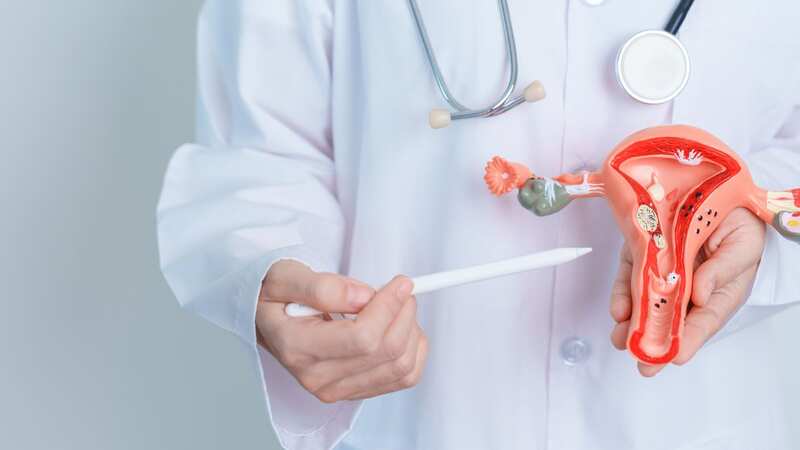

They can be uncomfortable to talk about – and to treat. And almost all cervical cancers and most cancers of the vagina, vulva, penis and anus, are caused by HPV, human papilloma virus.
Currently, most of these cancers or pre-cancers are treated by cutting or burning away the affected cells and some surrounding tissue. This is effective but can cause discomfort, bleeding and inflammation.
Treating the cervix like this also increases the risk of premature birth if the woman becomes pregnant.
Certain variants of HPV also cause genital warts, a sexually transmitted infection that affects 3-4% of adults. Genital warts tend to be frozen off but sometimes require multiple treatments and may return.
Seeking kinder alternative treatments, Professor Sheila Graham, of Glasgow University, and colleagues turned to a machine called Swift, which is already used in clinics for stubborn warts and verrucas.
 Teachers, civil servants and train drivers walk out in biggest strike in decade
Teachers, civil servants and train drivers walk out in biggest strike in decade
It uses a small probe to deliver microwave energy to underlying cells, heating them up from the inside to about 45-48C. Unlike existing cancer and pre-cancer treatments, which also remove healthy tissue, only those cells directly below the probe are affected.
Interestingly verrucas are caused by certain strains of HPV and in a recent study, microwaves were used to treat stubborn verrucas resulting in a 76% clearance rate, compared with 33% when frozen off with liquid nitrogen. To investigate its potential as a cancer treatment, Professor Graham’s team tested the device on chunks of pre-cancerous or cancerous cervical tissue that had been grown outside the body.
“We found the treatment is very precise, only inducing temperature changes in the tissue at the site of delivery,” Professor Graham said. “This temperature change induces something called a heat shock response, which shuts down the process of making proteins, including the viral proteins that cause cancer.”
The treatment also triggered the production of a molecule called p53 that causes cancerous or precancerous cells to recognise they are damaged and self-destruct.
Professor Graham said: “We are thrilled that our results demonstrate that this treatment could be a novel therapy for HPV-associated diseases.
“Current treatments can cause sustained bleeding or inflammation and diseased tissue can be missed, whereas heat treatment through microwaving could provide better tissue coverage and be more acceptable and better tolerated by patients than existing strategies. The mild nature of the procedure would mean sequential treatments could be spaced more closely and could save NHS clinic time and resources.”
They hope to begin a trial in patients with anal pre-cancers this year, followed by a trial on genital warts.